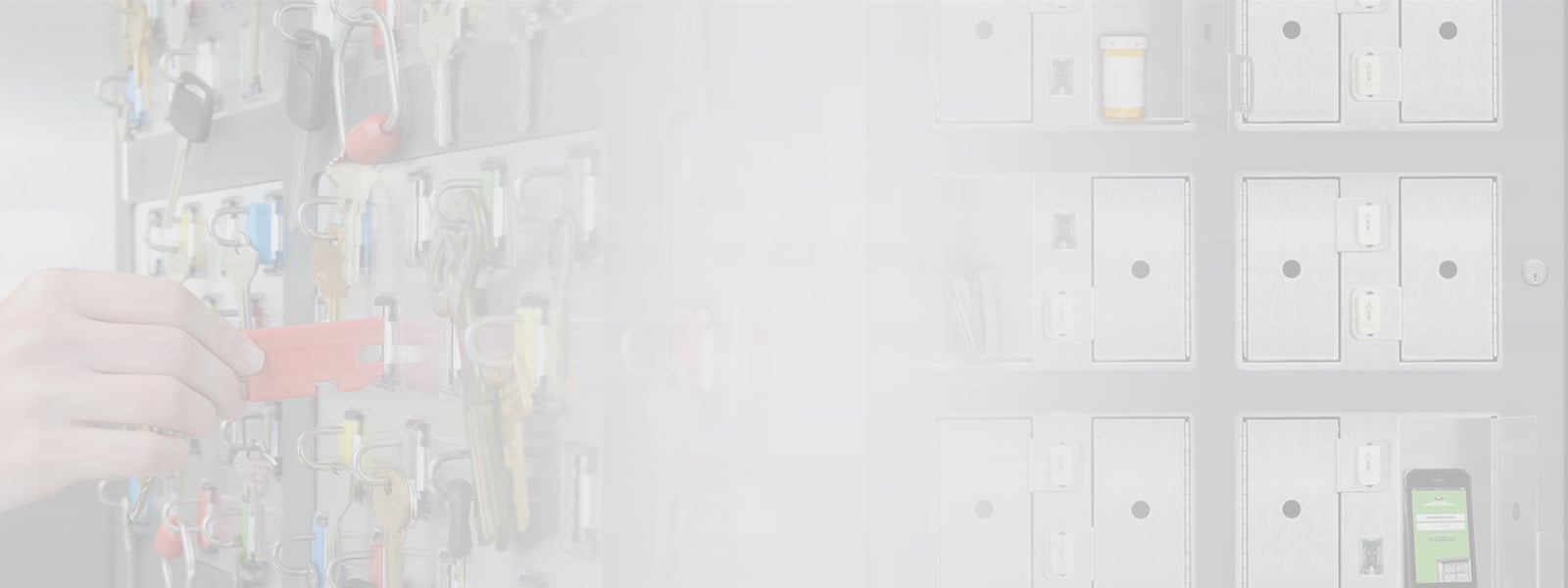In physical security, the term “access control” can have many interpretations or examples depending on the application. Access control can refer to a security officer standing guard in a lobby or a card swipe system that allows authorized personnel to enter an area. Other forms of access control include a man-trap door or a turnstile. What they all share, whether mechanical, manual or electronic in design, is the ability to limit entry to a particular area.
Many facilities continue to depend on physical keys, making a physical key management system essential for the safe keeping and storage of keys which are used to unlock doors, cabinets or other secure devices. Computerized key control and management systems are designed to securely and safely store keys and only release them to authorized users.
Each key is locked into place inside the key cabinet using a locking device which has an integrated chip, so a user can only remove a key to which he or she has permission to use. The other keys will remain locked into place when the user enters his or her access code or scans their card or fingerprint. In this way, the system automatically controls who is able to use which keys. The key control system assists the user further by lighting up the location of the key or keys he or she can remove once the code is entered and the key cabinet is opened. For added protection, key control systems also react when something is wrong. An overdue key, an open door or even the misuse of the keypad will trigger an alarm and record the event in the log file. Integrated management software additionally enables management to further control the system and maximize its reporting and programmable access capabilities.
Key control and management systems are a fundamental access control solution and a cost effective way to help ensure the security any facility or area.



